This is a 1970 4-headlight Mangusta model.
Color = White
Version: Mangusta
Chassis: 8MA 1200
Engine: 302 Ford V8
Headlights: Four
Year built: 1970
Exterior: Black
Interior: Black
First owner: TBC
History:
Later exported to Canada.
De Tomaso Mangusta
Baujahr:1968
Farbkombination: Schwarz, Interieur schwarz
Fahrgestellnummer: 8MA 1200
Motor Nr.: BCB33238
Karosserie: Ghia
Coupé zweisitzig, Entwurf Giorgetto Giugiaro
Motor:
Mittelmotor V8 (Ford), 4.728 cm³, 305 PS (Werksangabe)
Ausstattung:
Magnesium-Felgen, ZF 5-Gang Getriebe, Radio
Produktion:
Vom De Tomaso Mangusta wurden zwischen 1967 und 1971 lediglich 401 Exemplare produziert!
Historie:
Der Mangusta basiert auf einem Zentralrohrrahmen mit ausgeprägten Rennsportgenen, den De Tomaso ursprüng-lich für Carroll Shelby entwickelt hatte. Zusammen mit einem Ford V8-Motor und einer aufsehenerregenden Ka-rosserie von Giugiaro (ursprünglich für Piero Rivolta entworfen) entstand hieraus der atemberaubende Mangus-ta, der 1966 auf der Turiner Autoshow vorgestellt wurde.
Zum Fahrzeug:
Bei diesem De Tomaso Mangusta handelt es sich um die begehrte Ausführung aus der 1. Serie. Das Fahrzeug wur-de umfangreich restauriert und befindet sich in einem erstklassigen Zustand.
Kaufpreis:
298.000,00 €
Mileage : 48,000 km (30,000 miles)
Engine : Blue printed 289 Ford
Transmission : 5 Speed ZF
Year : 1969
Leather Seats
Power Windows
Serial NO.: 8MA 1200
Only 400 made.
Best in Show Concours Winner .
Fully restored, driven aprox 1000 km since ground-up restoration.
European specification model.
Rear suspension cross member modification .
This automobile is certainly one of the finest Mangusta’s available.
“The Mangusta was a major step in the evolution of DeTomaso for several reasons. At approximately 400 units produced, it was the largest production run to date for the company. Secondly by being V-8 powered, it moved the company into more direct competition with other Italian specialty automakers.
The central spine chassis layout first seen on the Vallelunga was expanded for the dimensions of a larger automobile (166 inches long on a 97.5 inch wheelbase). A race-inspired alloy V-8 engine was under development for the Mangusta, though production versions employed a cast iron Ford engine, either 4.7 liter (289 cu. in.) for European spec machines, or 5.0 liter(302 cu. in.) V-8s for cars constructed for the United States market. These powerplant provided solid acceleration and performance, then and now. Both engines were backed by a ZF 5-speed transaxle with limited slip differential. The suspension is fully independent, brakes are 4-wheel power disc, and each corner carries a cast magnesium wheel by Campagnolo
Giorgetto Giugiaro designed the Mangusta’s flowing shape, and body fabrication was again handled by Ghia of Turin. One of the more interesting aspects of the design is the center-hinged “gullwing” doors for the engine compartment and rear storage areas. The rear glass area tapers nearly flat to the roofline. Early production models featured dual fixed headlights in the front grill area, and later units had a single 7″ retractable headlamp. Body panels are steel, and a Mangusta’s approximate weight is 3100 pounds.
Inside, the Mangusta has comfortable leather seats, standard air conditioning, power window lifts and a full compliment of instrumentation. All production Mangustas are closed gran turisimo coupes, though one open car, the red and white Mangusta Spyder prototype, was built in 1967. It was also styled by Giugiaro, and first shown at the Turin Auto show, but was not put into series production.
The DeTomaso Mangusta has been hailed by many automotive stylists and journalists as one of the all-time great mid-engine GT designs; it is a significant piece of the company’s early history, and a highly collectible yet still drivable machine.” ( Above description from the POCA.)
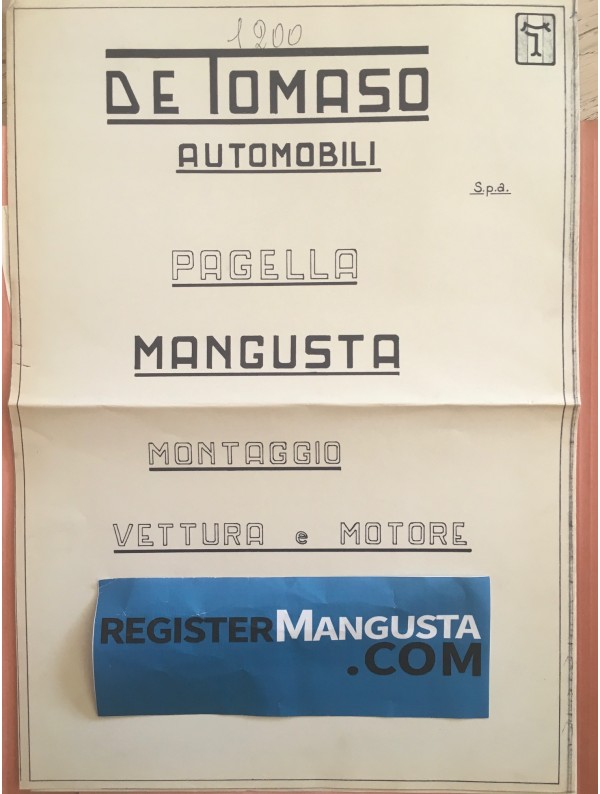

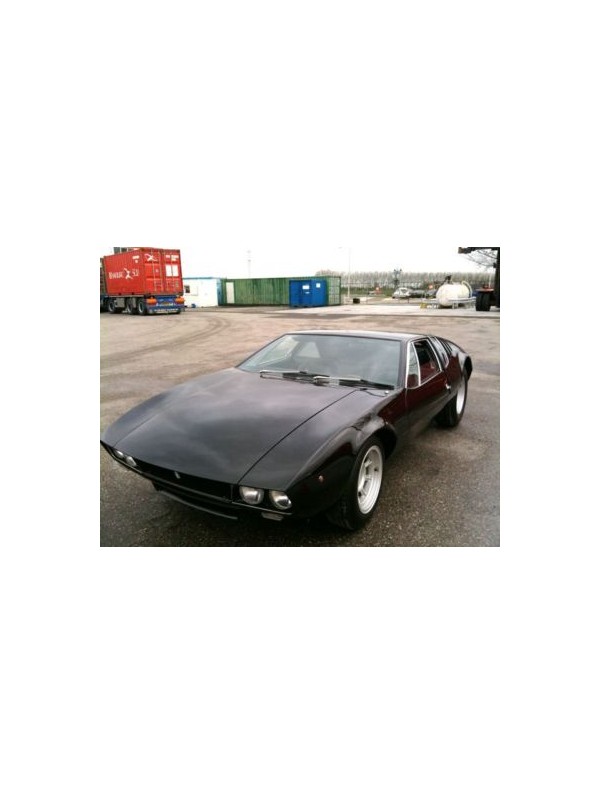
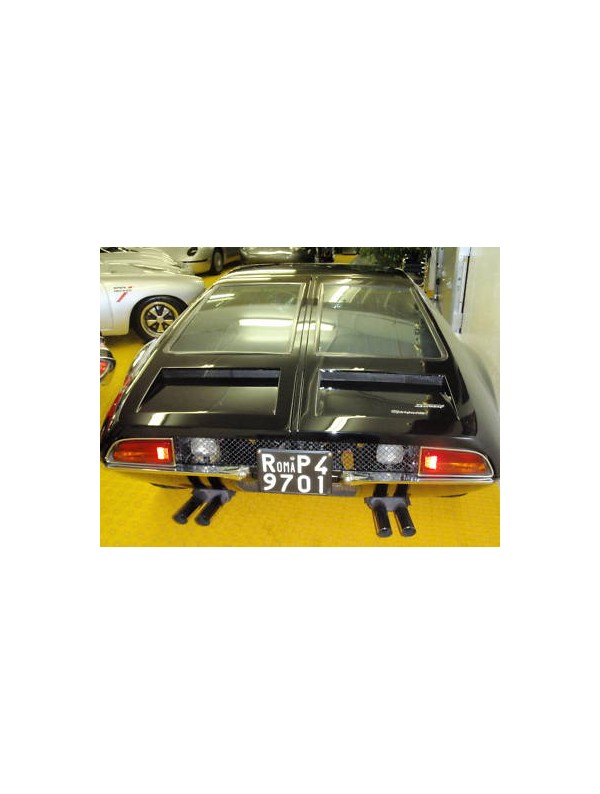


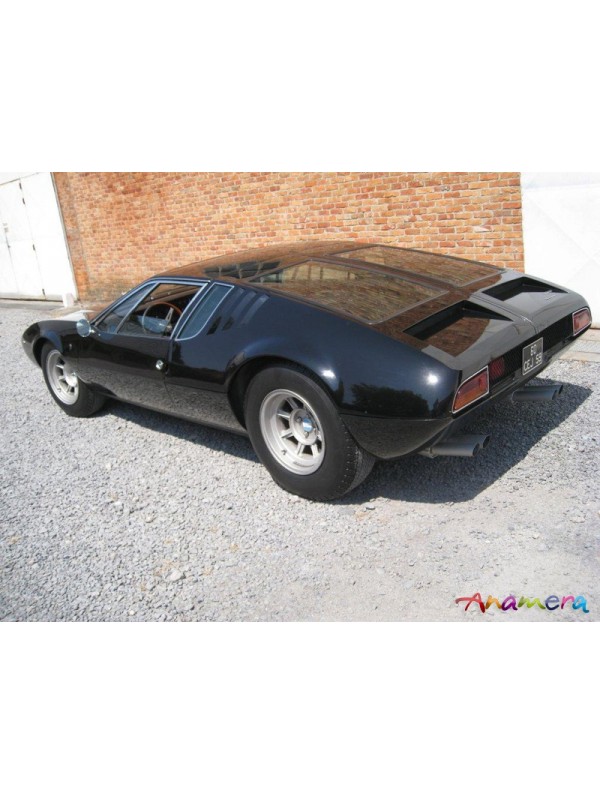

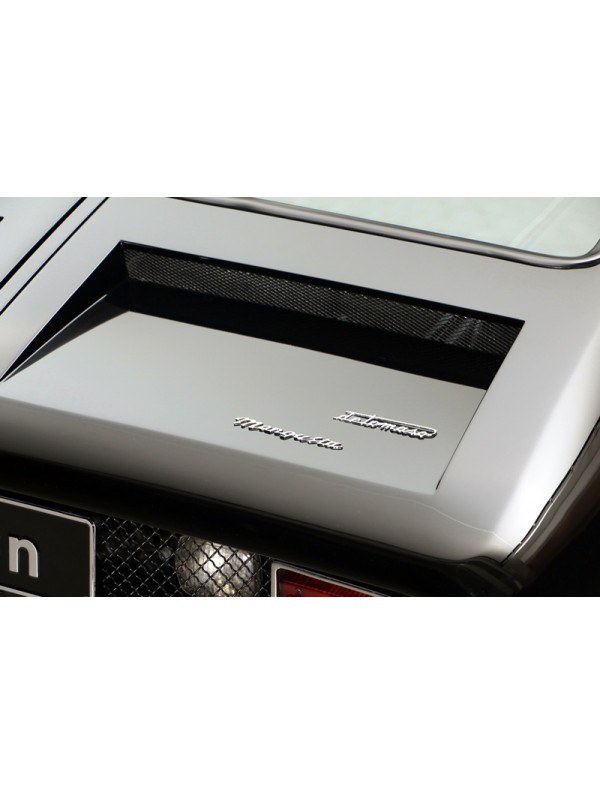
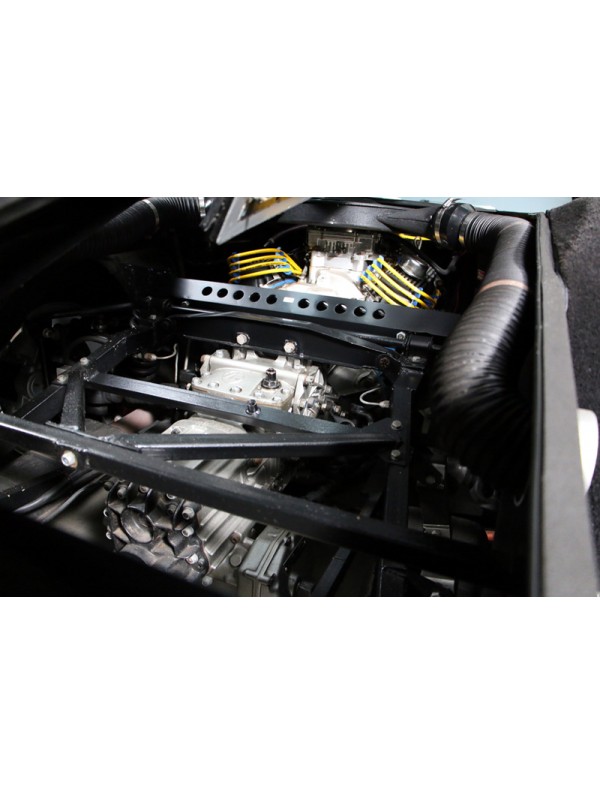
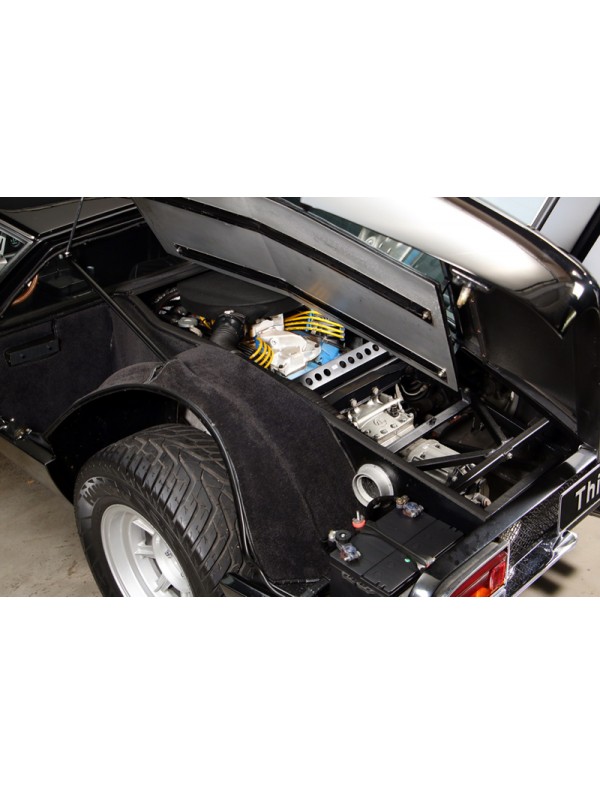
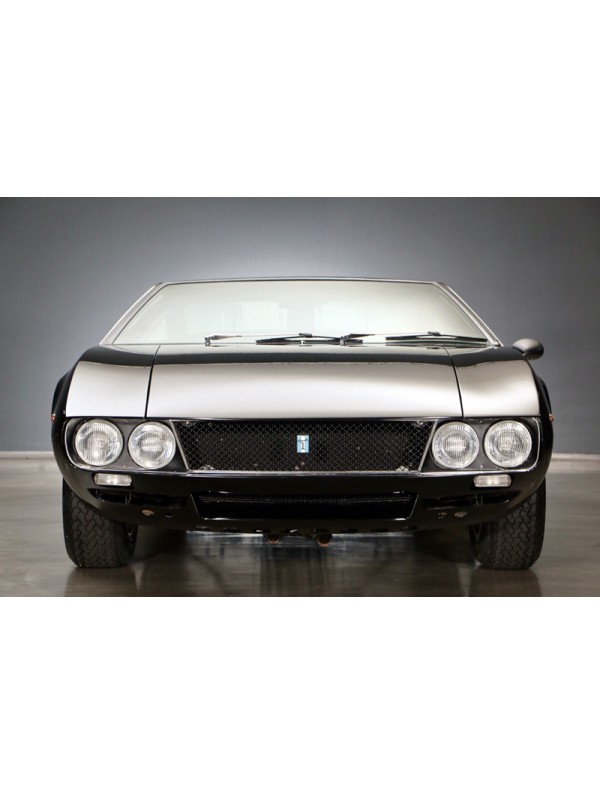
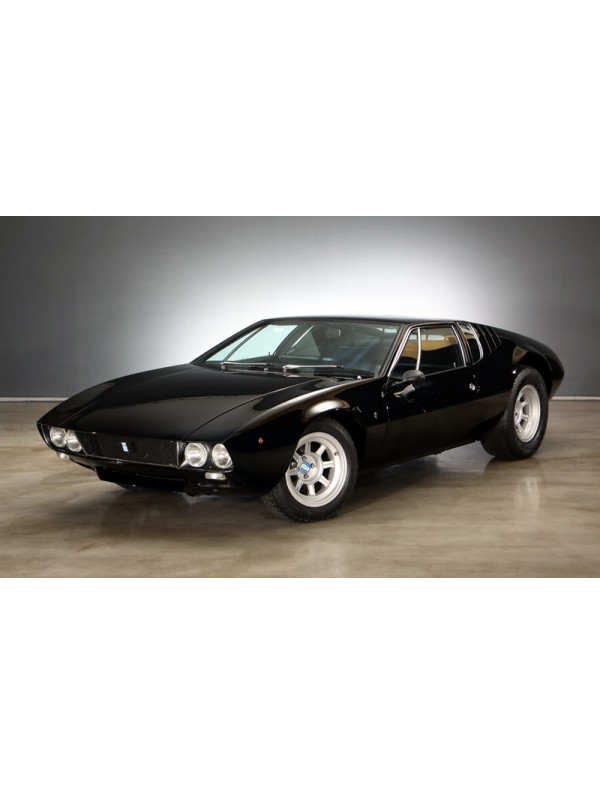


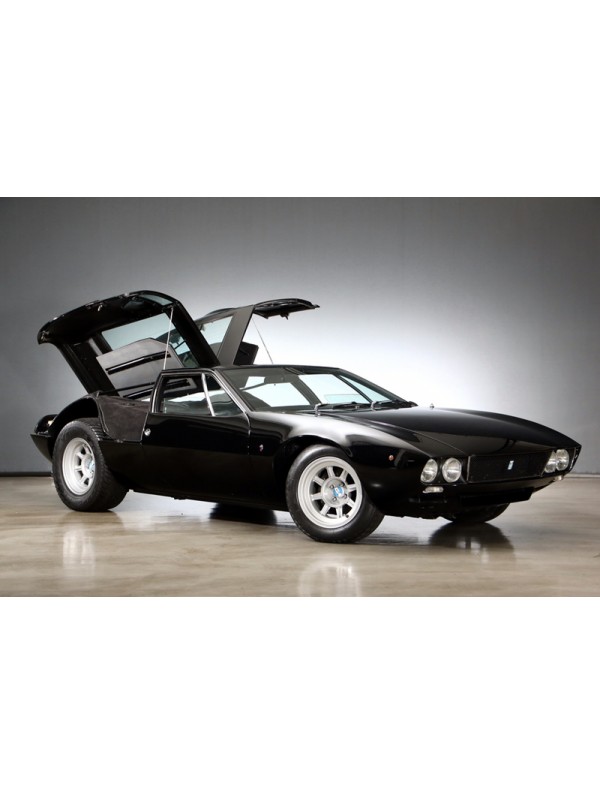
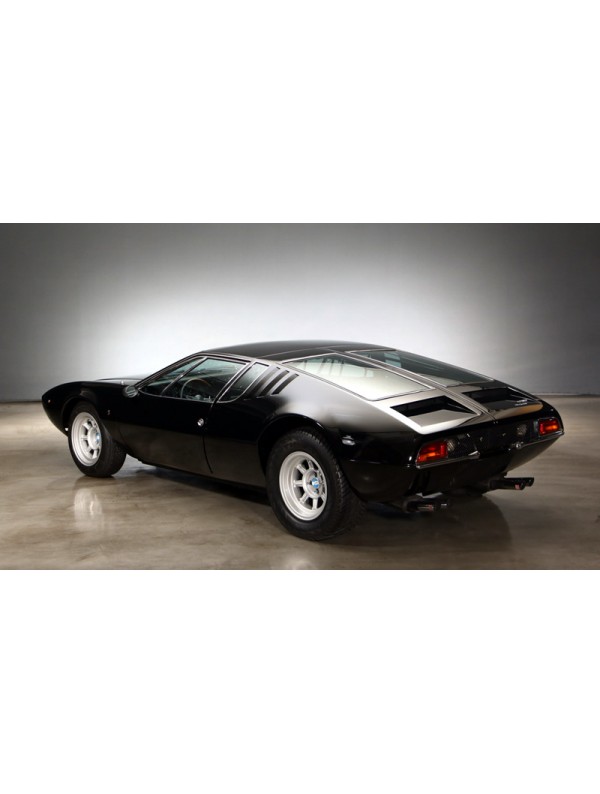
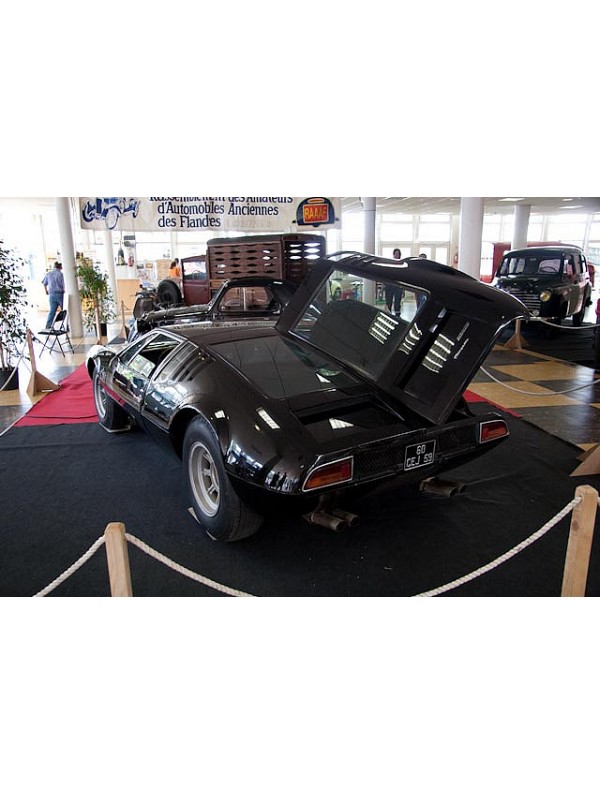

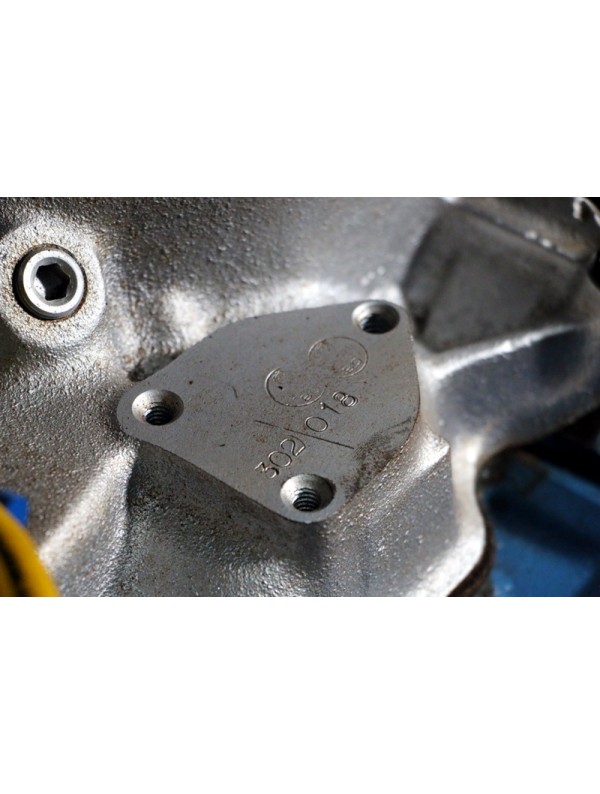


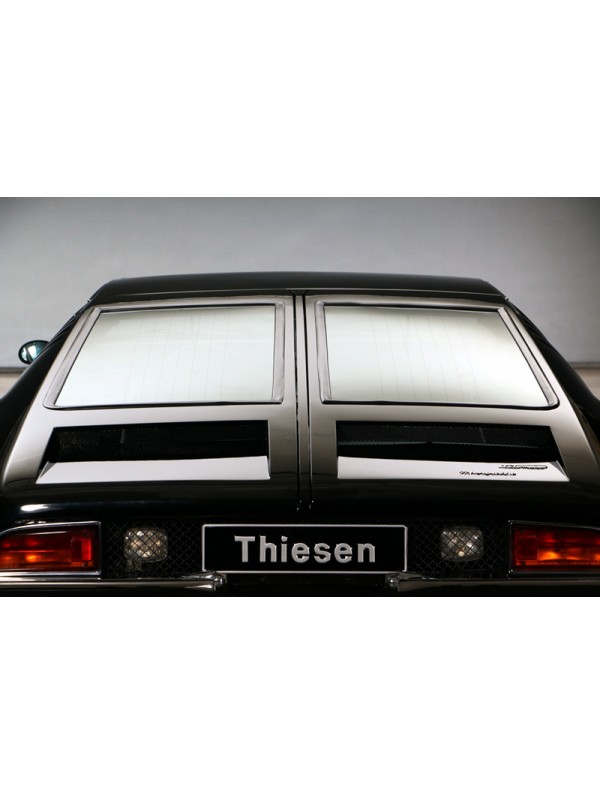
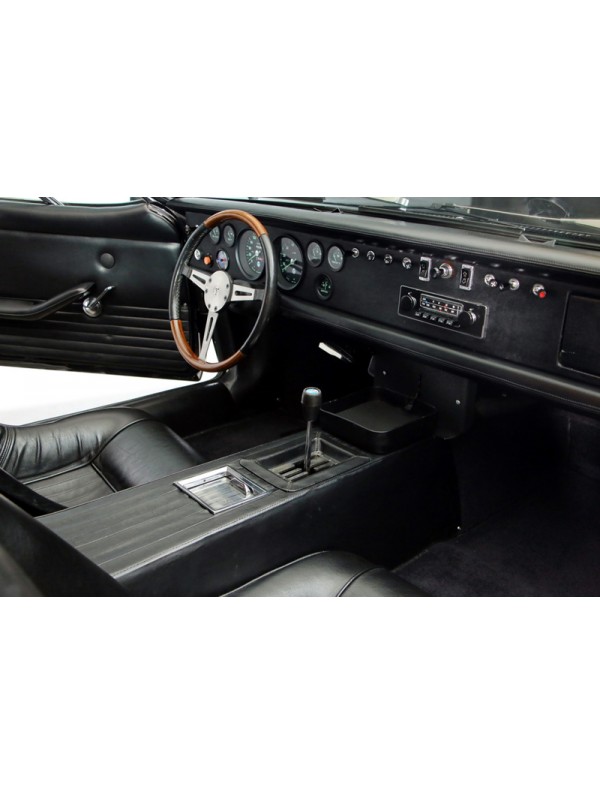
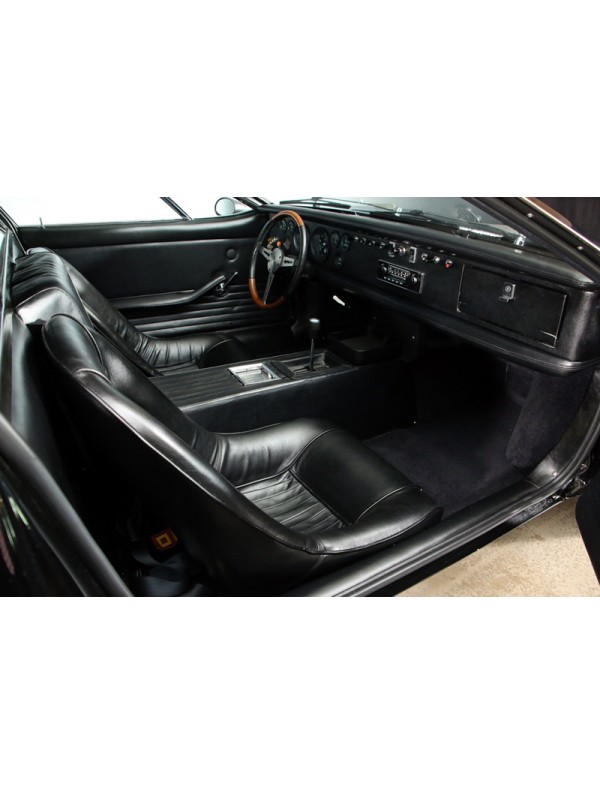
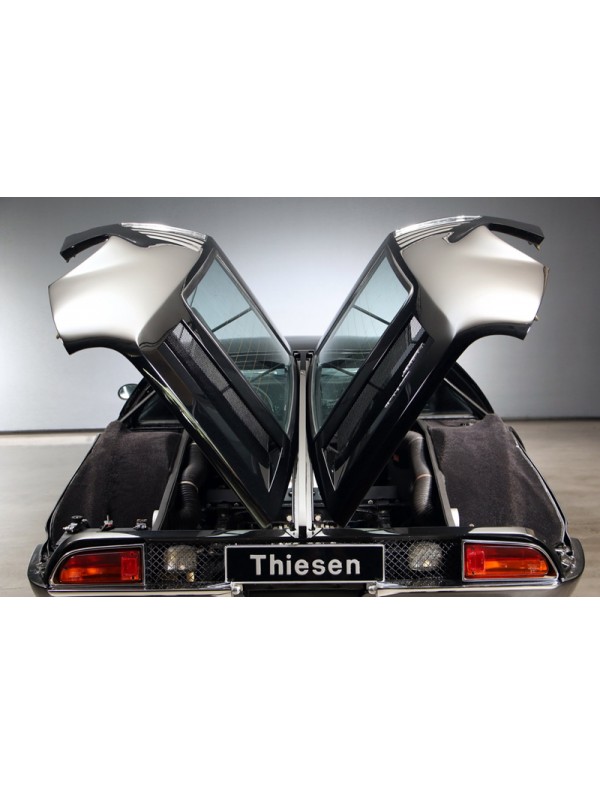
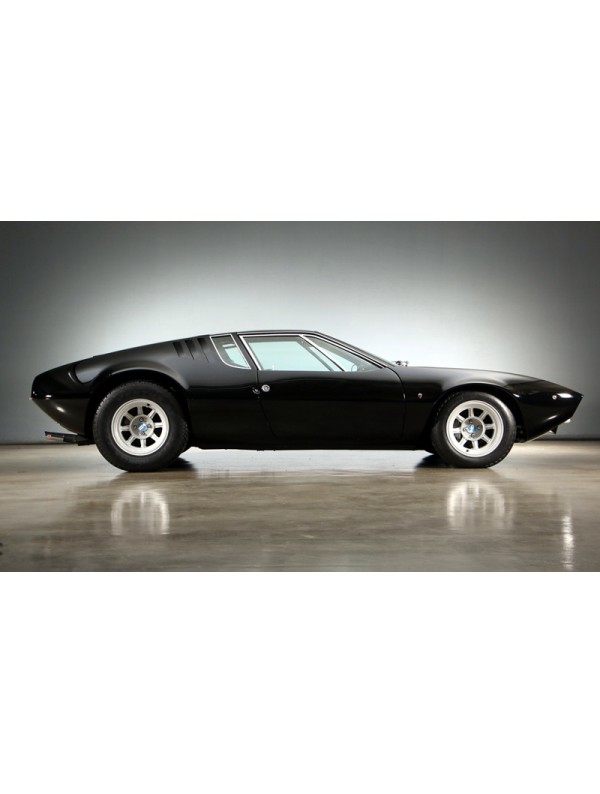
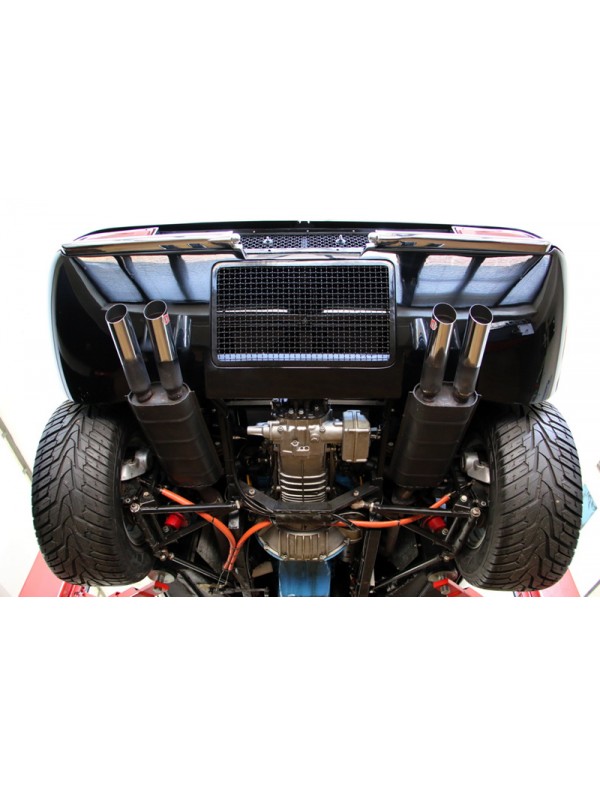
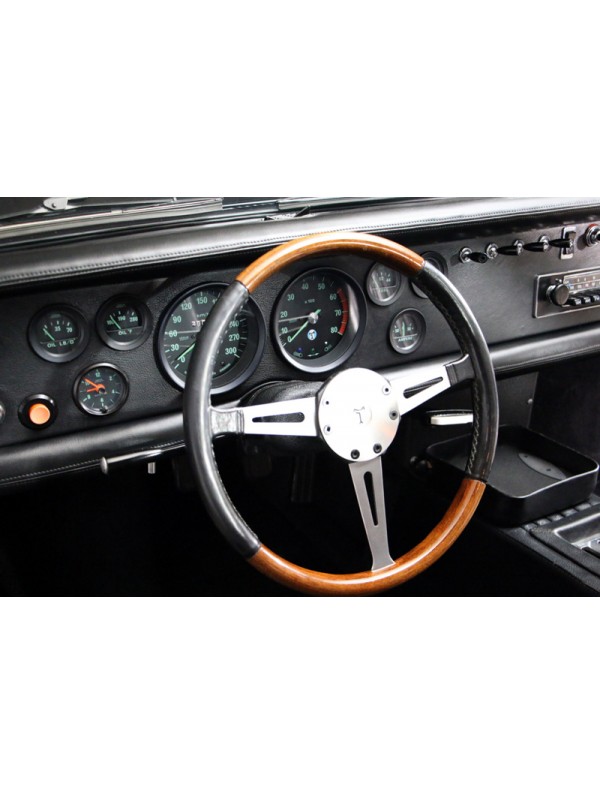

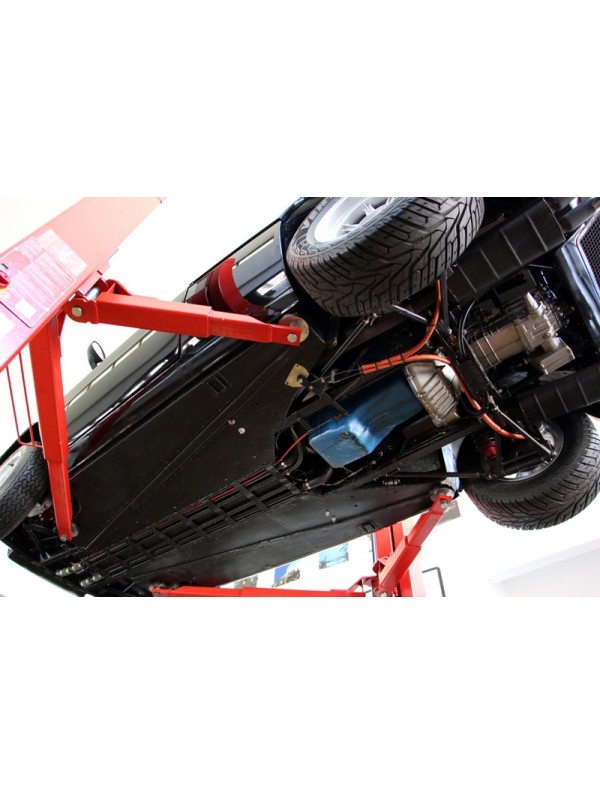

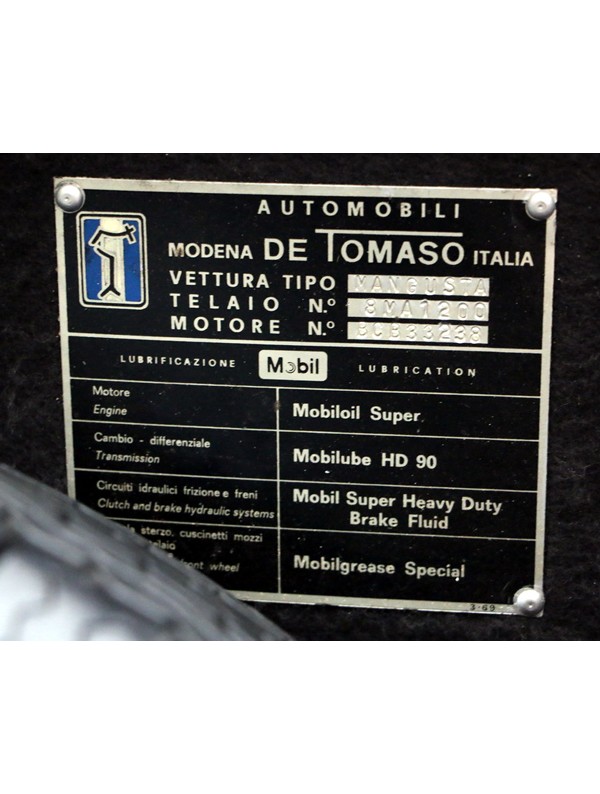

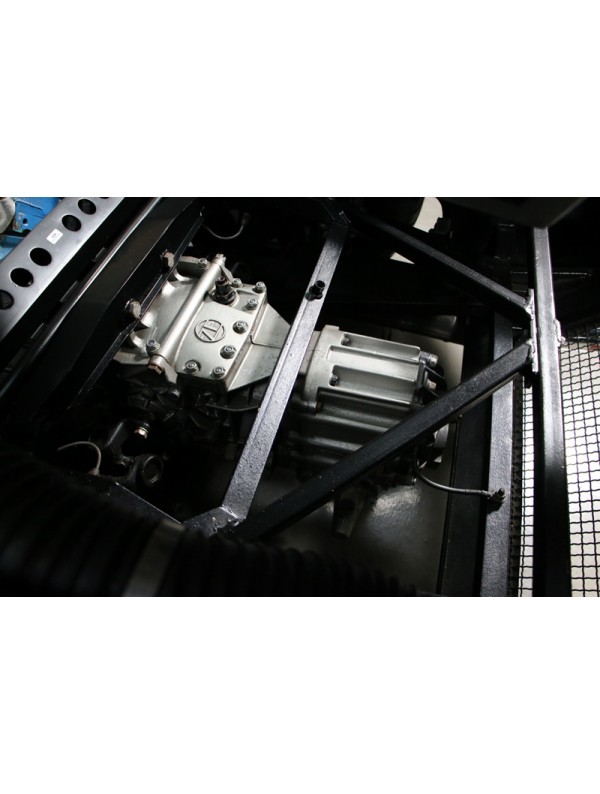

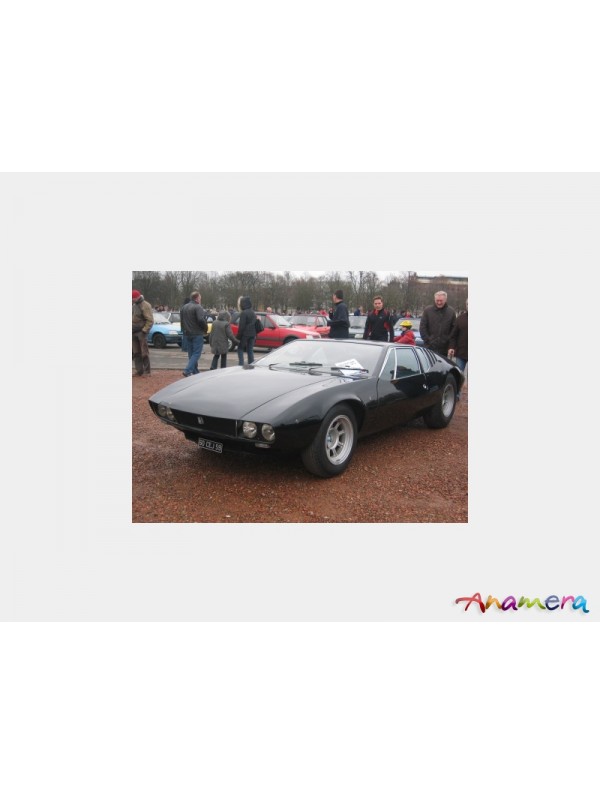
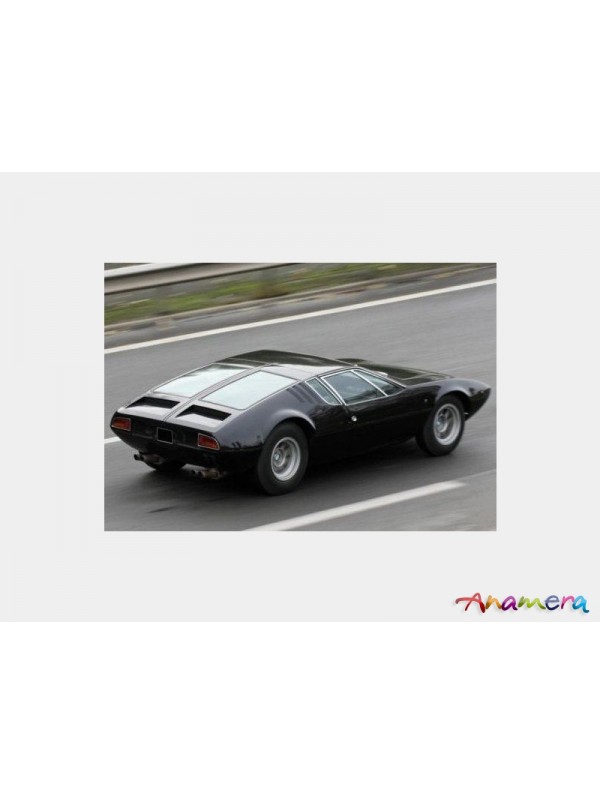
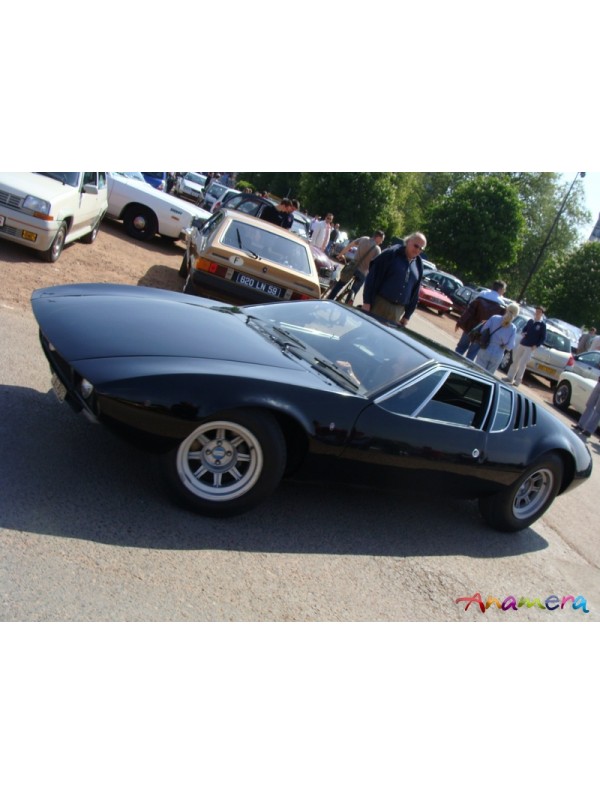

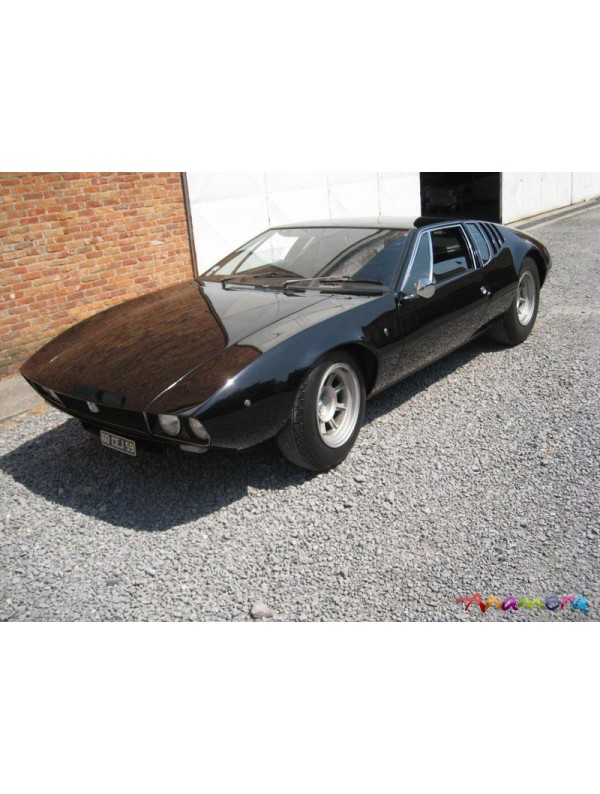
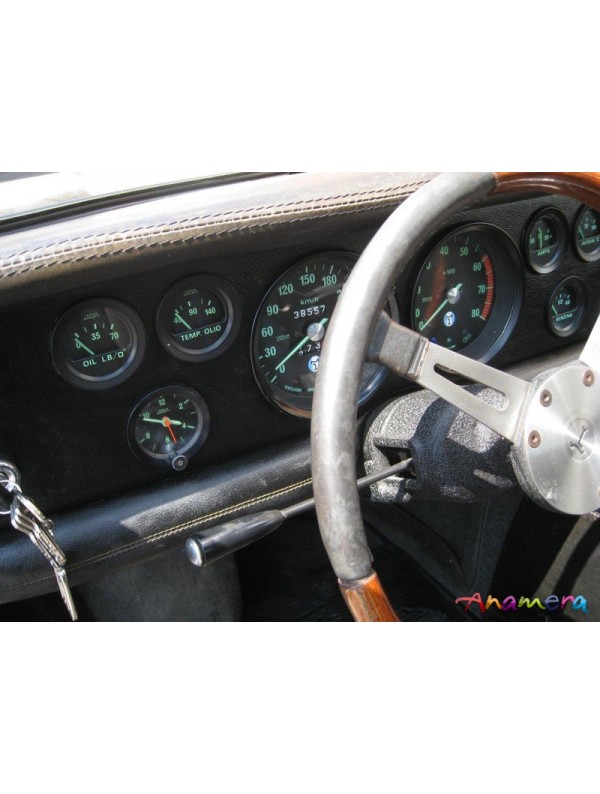
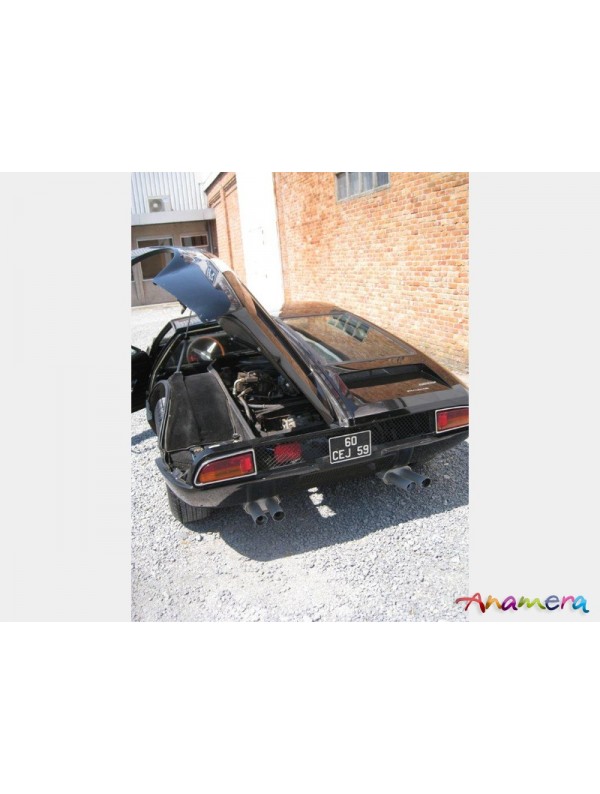
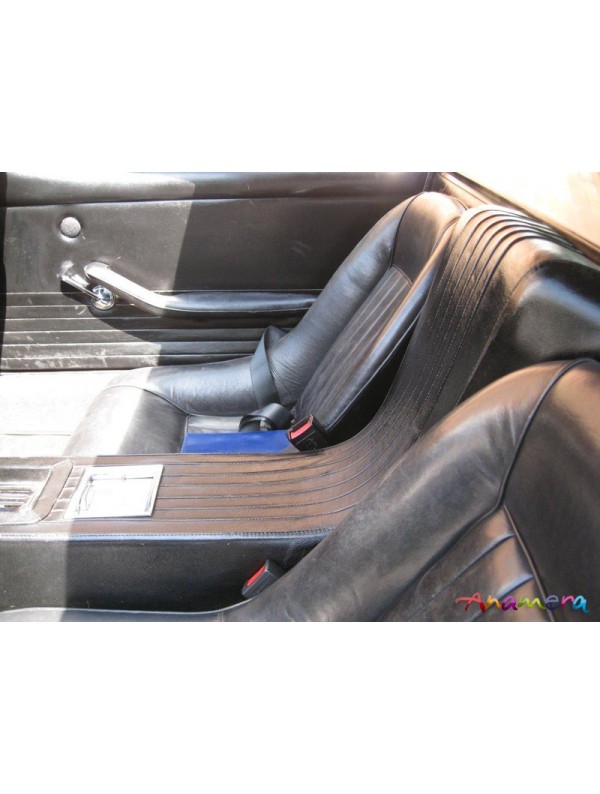
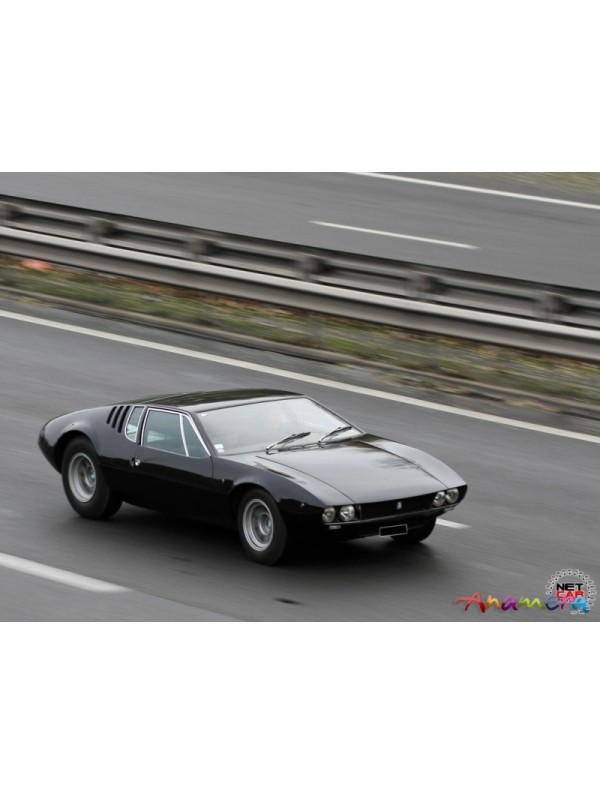

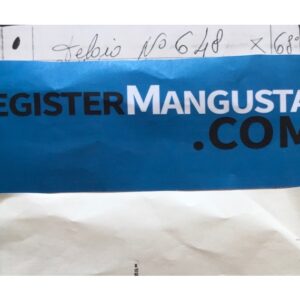



Reviews
There are no reviews yet.